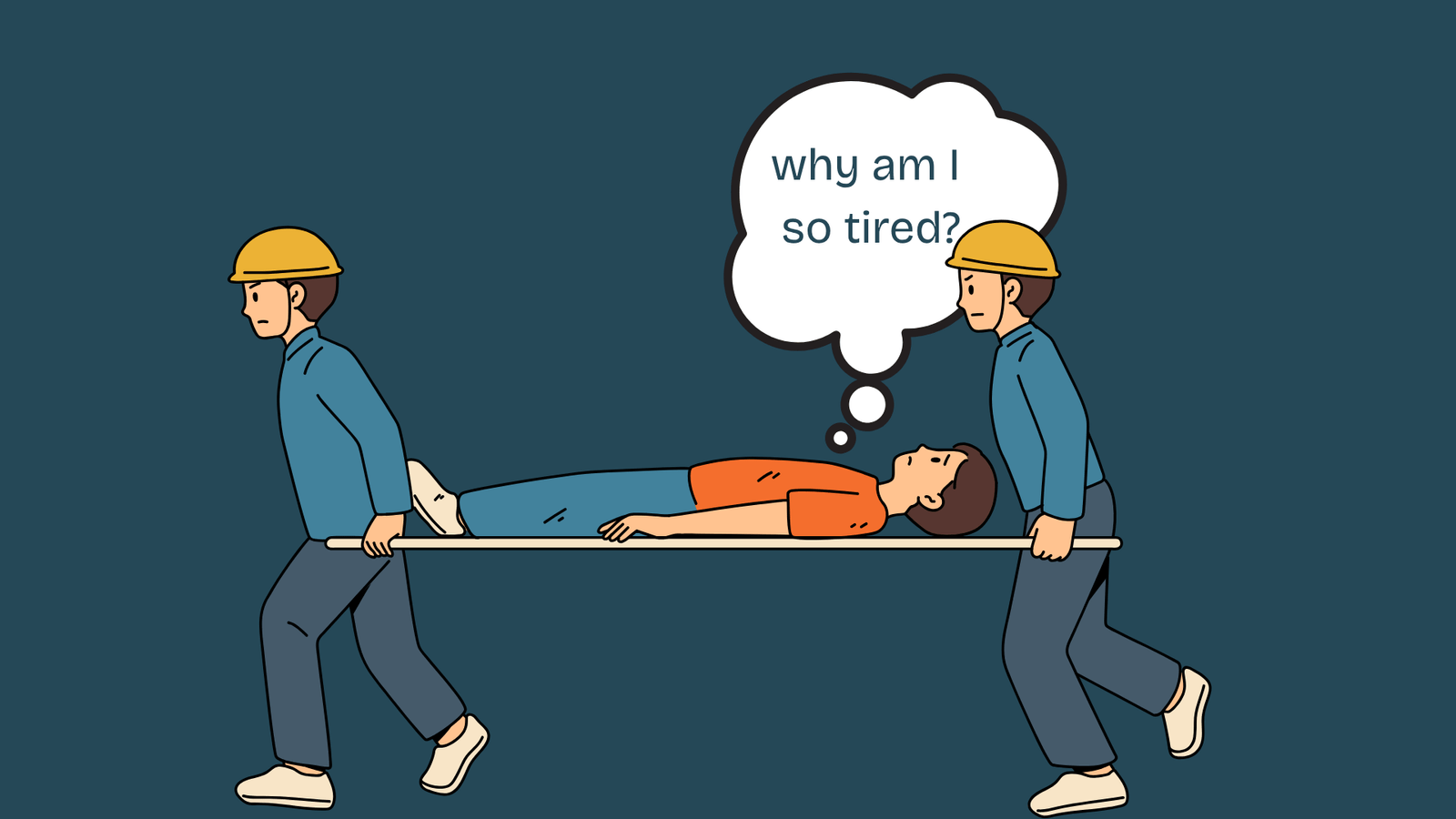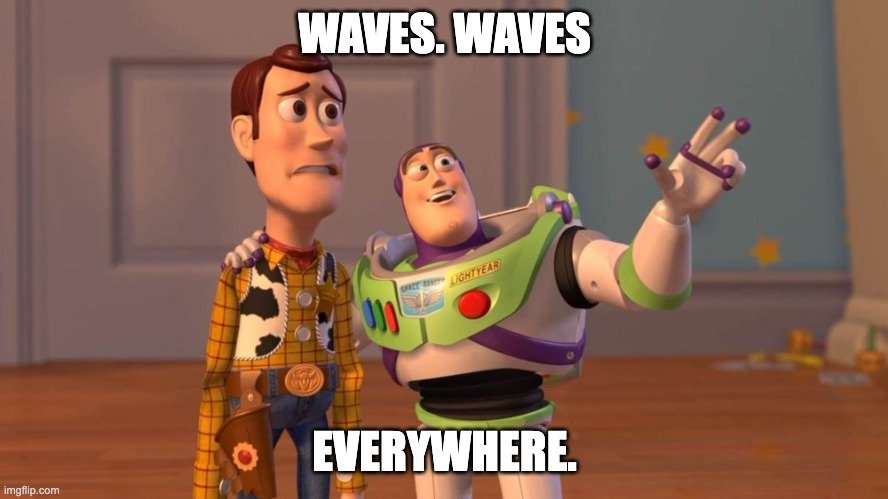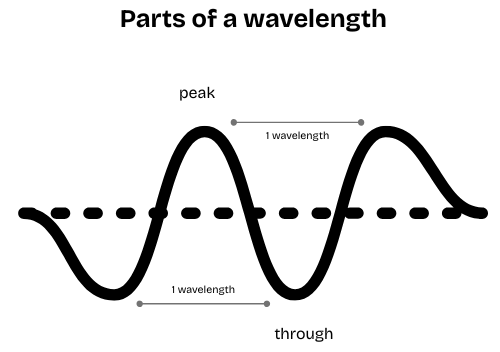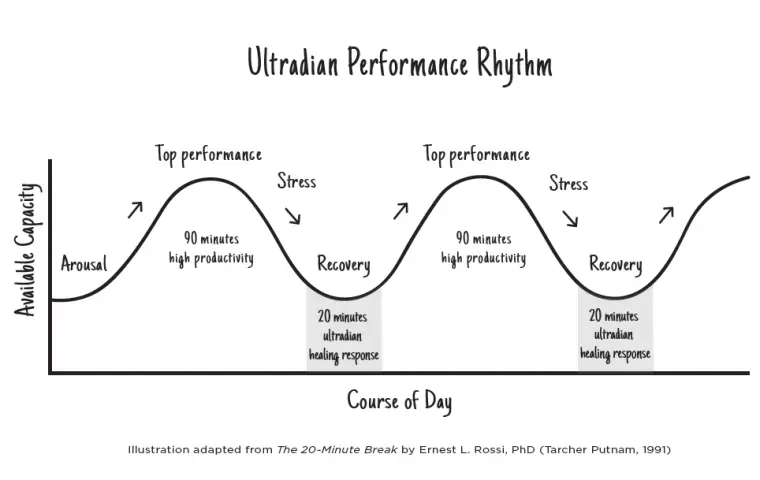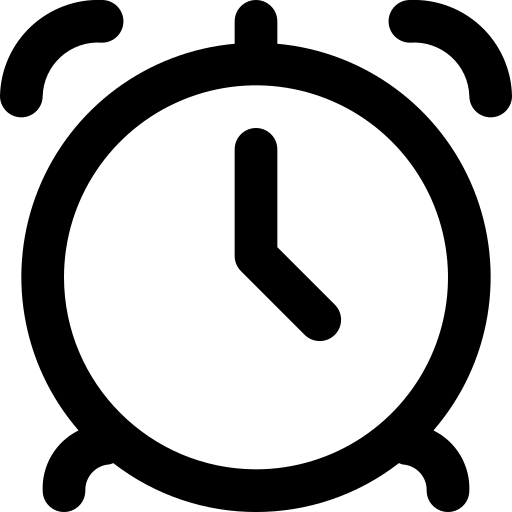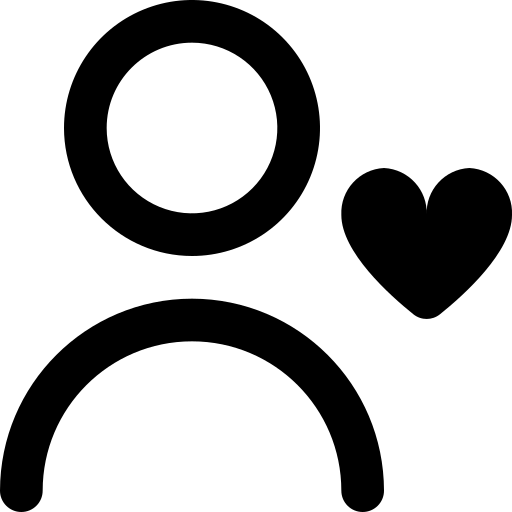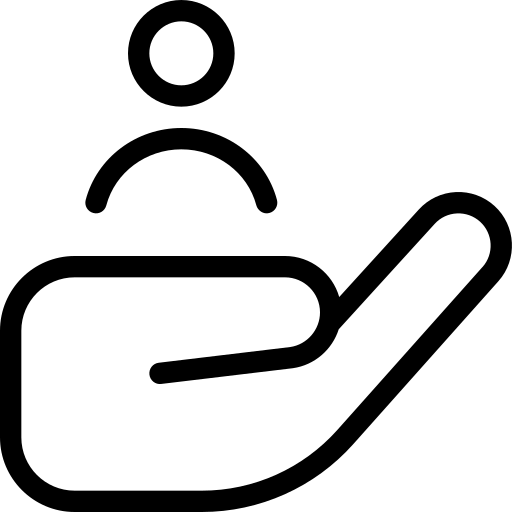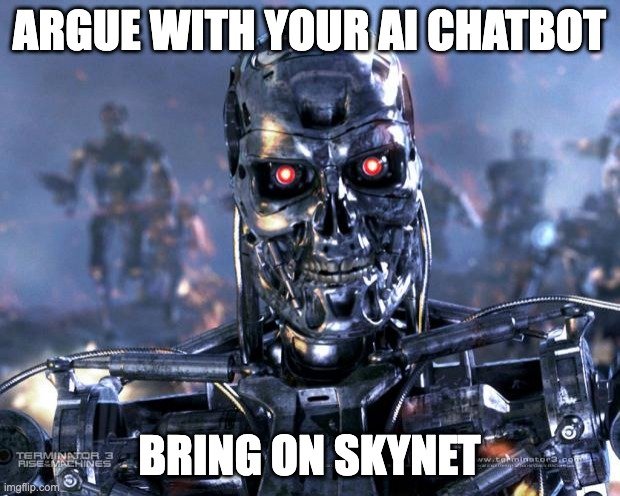Marg’s call center horror stories made me angry. And it still does.
The time she wasn’t allowed a proper bio-break after 2 hours of holding her bladder. The time she was asked to work the day after her father’s funeral. The time she was reprimanded not for solving the customer’s issue, but for the way she failed to announce the second hold time.
Marg said, years later. “I wasn’t allowed to grieve.” The BPO company she was working for back then had no space for her father’s death. No WFM algorithm to calculate the weight of her loss.
Marg and i have both worked for the BPO industry for nearly 30 years in various capacities. It saddens us that the problems we had when we started are still the same problems. They’re like ghosts refusing to fade.
Go to the BPO subreddits. Team Leaders questioning certified medical certificates from doctors. Or leaders ranting in private group chats about metrics and taking it out on agents. The sheer leader flex of lording it over. Just because they can.
Why has it comes to this?
Blame it on Panopticons
I know. Are you also hearing the Transformers song in your head? (Milli Vanilli too. Ha. It shows my age.)
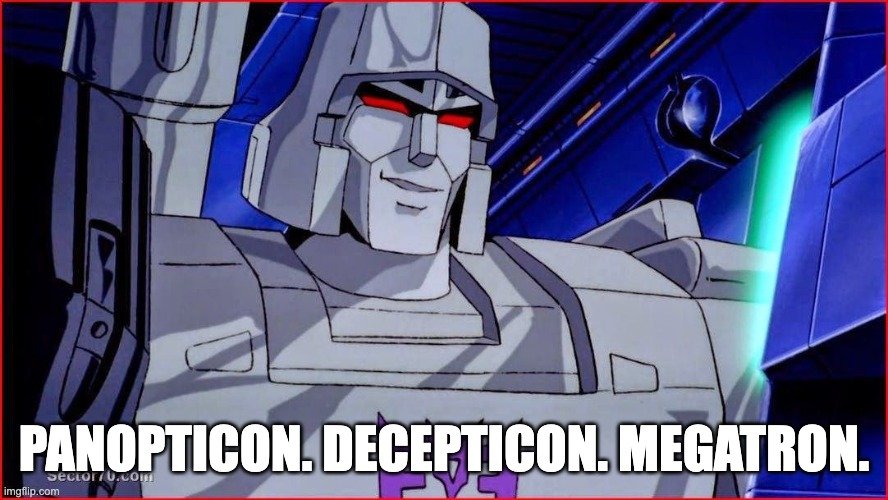
Maybe we should all fault Bentham, a philosopher known for his moral utilitarianism. He coined the phrase “the greatest happiness for the greatest number”. My translation: He’s an All Lives Matter kind of guy.
Jeremy Bentham also designed a structure called the Panopticon. It was a circular prison design, a building with a central watchtower, where prisoners mustn’t know when they were being watched. The idea? If you knew you could be observed at any moment, you’d behave as if you always are. Prisoners, then, learned to internalize the gaze. They become their own wardens.

In Bentham’s view, he genuinely thought it was a humane way to reform inmates by making them constantly visible and thus accountable. But was it?
Michel Foucault warned us of the excesses of social control. In Discipline and Punish: The Birth of Prison, he argued that the Panopticon wasn’t just about prisons. It became a model for modern invisible power for schools, factories, hospitals, offices. It can be found anywhere where we are shaped to self-monitor, self-correct and self-discipline. He saw it as a model to normalize being docile and follow rules without resistance.
Fast forward to where we are now. Open office plans. Floor managers watching from raised command centers. KPIs that reward visible activity more than real problem-solving. What we leaders may call transparency, some recognize as surveillance. We live in a panoptic society.
The Illusion of Motivation
There’s another behavioral model that plays into this. The Hawthorne Effect comes from studies done in the 1920s at a Western Electric factory. Researchers found that workers improved their performance when they knew they were being observed. But not because of the changes to their environment. It was only because someone was paying attention.
It’s a powerful reminder: people respond to being seen. But it’s also fragile. The performance boost fades. The effect is short-lived. Empirical studies confirm that the Hawthorne Effect wasn’t really effective and there were no evidence of long-term gains.
It also needs to be said. That people also respond negatively when they are too seen, when there’s too much surveillance and not enough autonomy. Being seen can be empowering. But doing it too much is stifling.
If not X, then Y: Either/Or Mechanisms Don’t Work
Do you see this X, not Y (or not X, then Y) pattern in writing for most AI junk these days. Apparently, the AI learned it from us. This kind of thinking also persists in management theories.
- Herzberg’s Two-Factor Theory said job satisfaction comes from intrinsic motivators (like purpose or achievement), while dissatisfaction comes from extrinsic factors (like bad policies or pay). Fixing the latter doesn’t guarantee joy. But harnessing intrinsic motivation is a management cop out. Blame it on the person, not on the system. It reeks of “it’s a will issue” thinkers in the BPO. (Shots fired. Be warned.)
- Douglas McGregor’s Theory X and Theory Y presented two opposing views of workers: Theory X managers assume people are lazy and need control. Theory Y managers assume people are self-motivated and seek responsibility.
Most workplaces, in actual practice, still lean toward Theory X, even if they pay lip service to Theory Y. This dissonance comes from a lack of trust. And many leaders (too many) operate on what they call “cautious optimism”. Really? That’s just mistrust dressed up pretty.
Take for example, remote work versus return to office mandates. They all want us back in offices because of a lack of trust that we won’t collaborate better. They mistrust us not to use our time productively. We can’t be trusted with our own autonomy. It’s like a child being told: “You can’t have nice things.”
So we will meet you halfway. Companies will then go hybrid. We enjoy X and you enjoy Y. Happy? But it still doesn’t solve the issue of unwarranted surveillance and virtual prisons.
Unless you really want that separate. Think Severance. Your outie enjoys balloons, according to Miss Casey.
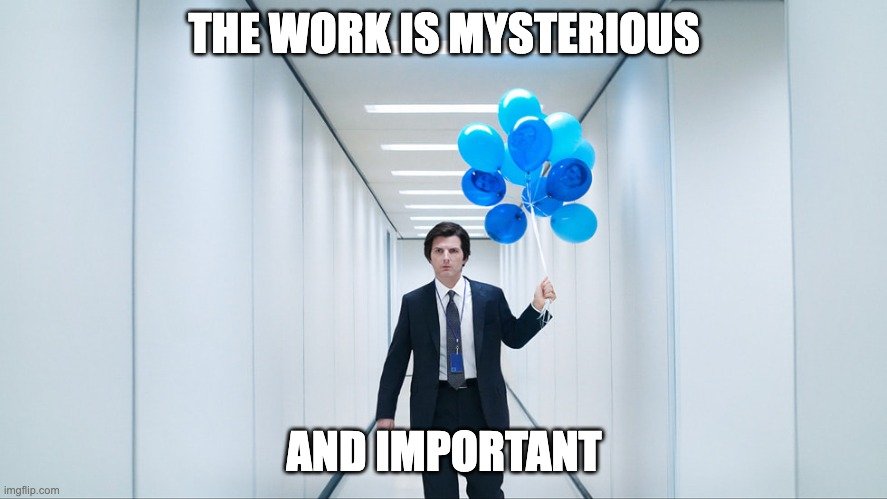
Stop With the Resilience Crap. Change the System.
What if the issue isn’t that people need to be more resilient, but that the systems themselves need to change?
In contact centers, I’ve always been bothered by the layout: leaders sitting above teams, WFM teams controlling the rhythm from an ivory tower. What if we brought them down to the floor, embedded within the teams? What if they modeled behaviors instead of issuing directives? What if we just stay out of the way?
What if we designed performance dashboards that ask questions instead of demanding answers?
What if KPIs weren’t about call handling time or hold script compliance, but about whether the customer felt understood? (And geez, i don’t mean CSAT. CSAT is not a measure of customer experience, folks! It’s just a snapshot survey.) Whether the agent felt safe enough to ask for help?
Beyond Metrics: Toward Systems That Care
A few months ago i was thinking about Zeno’s Paradox. Breaking down tasks into smaller and smaller increments can make us feel like we’re moving but it’s without progress. It’s the same with non-value-adding KPIs. We measure so much, we forget what matters.
Marg’s experience is not unique. It’s a symptom of a system built to squeeze the most productivity out of you. It’s so post-industrial, it’s heartless. But here’s the thing: systems are designed. And what is designed can be reimagined.
Culture change is hard. But it has to start somewhere. Leaders must become the first movers. We must take the first step into uncertainty and model trust, humility, and presence. We must sit with our teams as equals. We must create environments where performance grows from purpose, despite pressure. (Because not all pressure is bad.)
I’m not advocating that all measurements in the workplace be abolished. But rigid Taylorism has no place anywhere now. As leaders, we should:
- Question our KPIs
- Flatten our hierarchies
- Build learning-centered systems
- Make room for grief, bio-breaks, and basic dignity
- Replace surveillance with relationship
Marg and I walk through rain after coffee. She tells me about a customer who thanked her for listening, really listening, during a difficult call. “That’s not in any metric,” she says. “But it was the only thing that mattered to me that day.”

